Blue Lynx’s first year as film publishers comes to a close with the release of its third and final film, L’étranger de la Plage, animated by Studio Hibari. Based on Kanna Kii’s manga of the same name, the film offers a dazzling, beautifully romantic story of an orphaned high school boy, Mio Chibana, who has returned to Okinawa after becoming an adult to profess his love to rising star novelist, Shun Hashimoto. Let’s dive right into their island romance with our review of the movie.
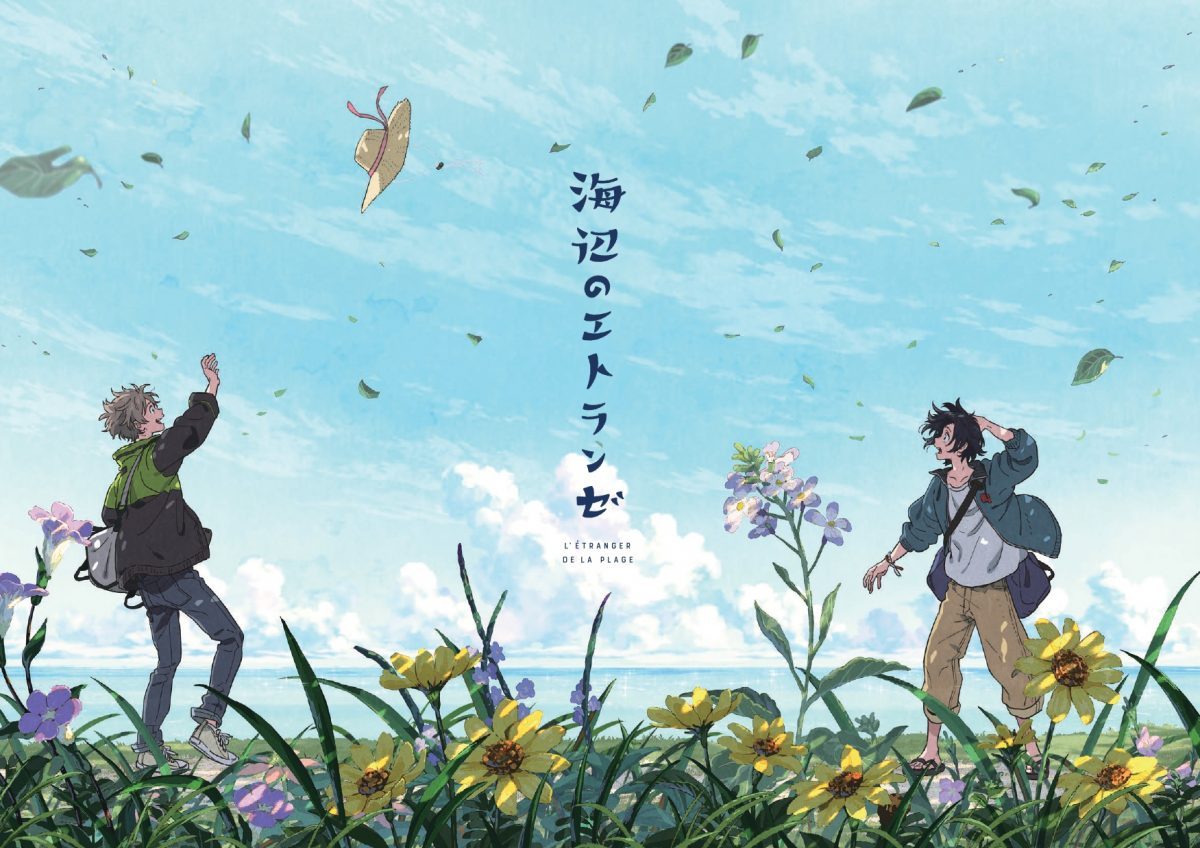
For starters, how does it compare to the manga?
The L’étranger de la Plage movie is faithful to the source material, minus a few things. One scene is cut entirely, there is a slight sequence reordering, and there’s one minor scenario alteration. However, new scenes were added to better explain Mio’s relationship with his mother. Instead of Mio’s backstory being explained word-for-word by his neighbors, the film goes the extra mile to include a few flashbacks, showing Mio’s childhood days, when he was still using a booster seat to sit at the table, and when he was learning how to cook. These new scenes are endearing and insightful, showing how Mio’s mother struggled to raise him on her own.
In addition, we also get a look at Shun’s own childhood and high school days. Originally, the manga only talked about his relations with his parents and ruining his own arranged marriage on his wedding day. However, adding unrelated trauma helps Shun feel more like a real human being. It reiterates the struggle to be comfortable with oneself, and how a desire for normalcy can follow homosexuals around their entire lives.
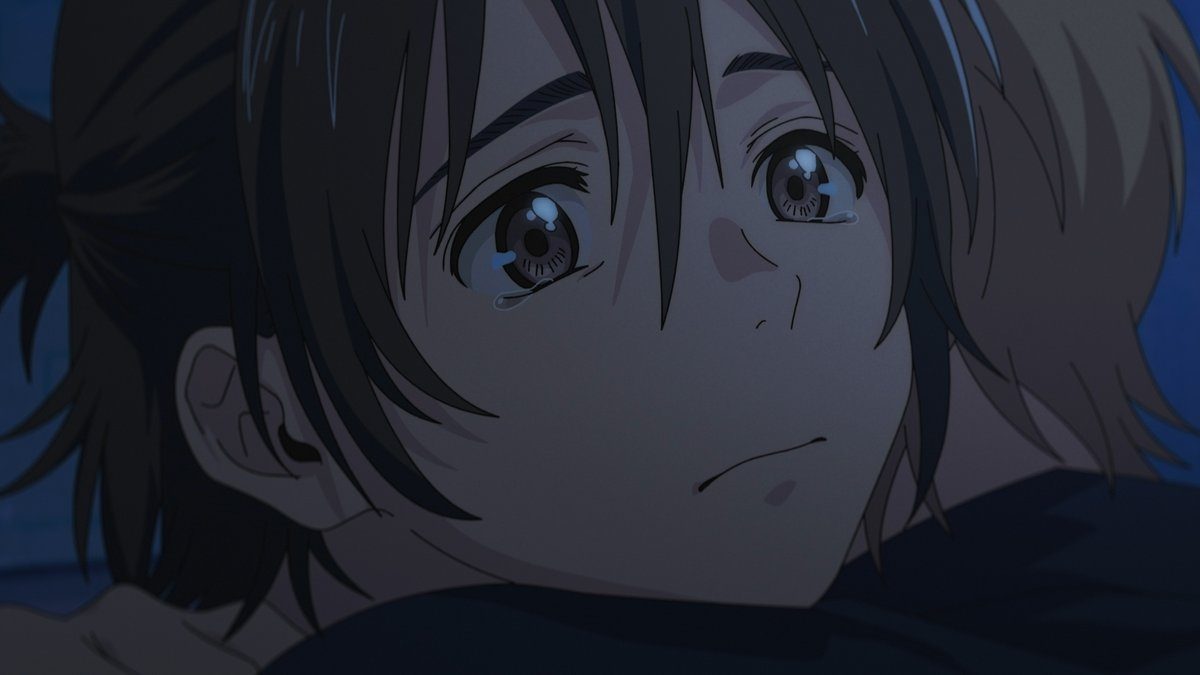
The director stated in a commentary interview that the animation staff put a lot of care into each scene, and that most staff were already fans of the L’étranger de la Plage manga. Kanna Kii, the original author, also provided supervision on several aspects of the film but was mostly credited for Character Design. With that said, each scene showed just how greatly they wanted it to pop. Backgrounds were exploding with color, vibrant with detail, and the effects lighting was mesmerizing. It was a treat to see a boy’s love film like L’étranger de la Plage made with such high-quality production values.
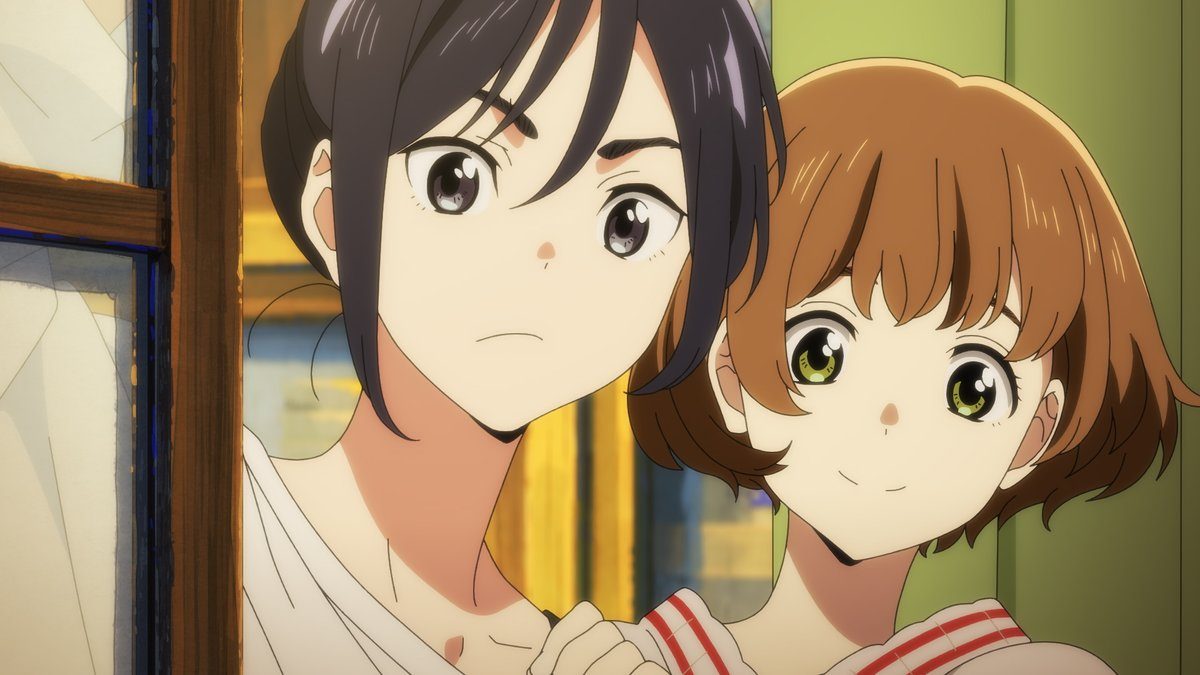
A question I always have with more serious-toned drama anime is “Why was this animated?” when often, they are in contemporary settings and don’t incorporate much that can’t be achieved with live-action actors. The joy of animation comes from the fact that much can be achieved in the art that is otherwise impossible in live-action media (least not without CGI, which still counts as animation). Dialogue-heavy drama anime feels like a waste of the animator’s time.
L’étranger de la Plage takes every chance it can to relish in the art of animation. Scenery cues such as palm trees, hair, and flowers blowing in the sea breeze or the bubbling sea foam all have a smooth, fluid motion. While such effects are minimal compared to other high-budget productions such as Kimetsu no Yaiba or Fate/Stay Night: Heaven’s Feel, the effort is there, and it shows that the staff wanted to prove that L’étranger de la Plage was worth animating.
Also, the cats are cute.
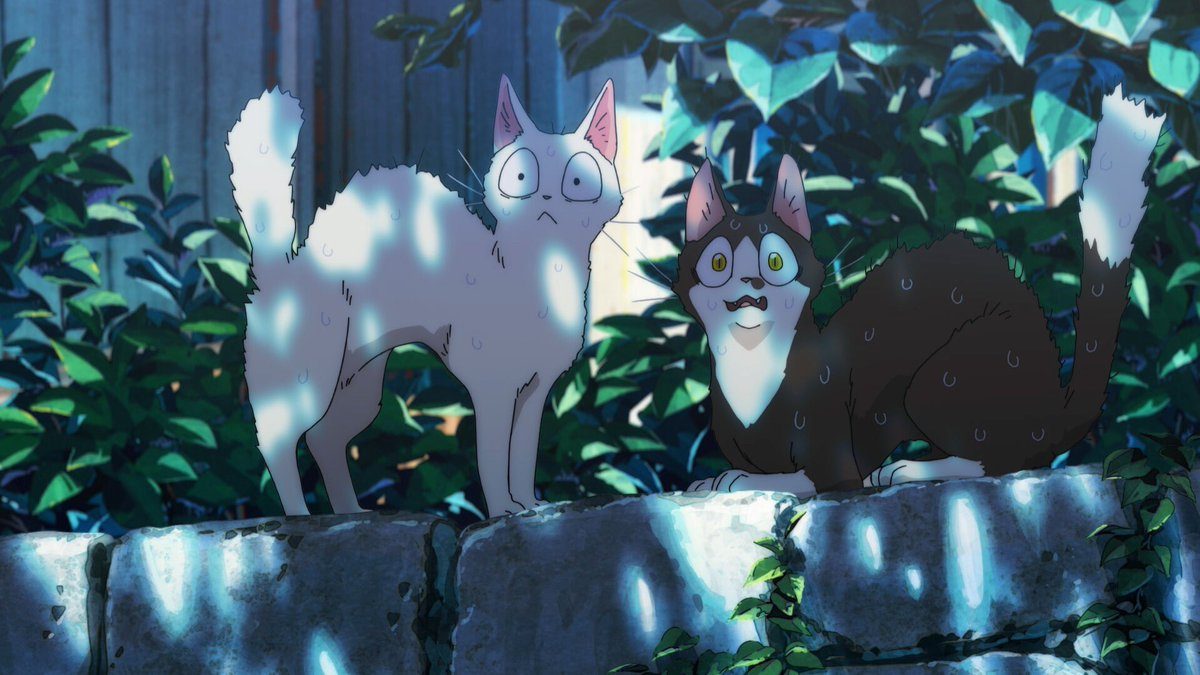
One detail of L’étranger de la Plage that stuck out was how the contrasting locations of Shun’s backstory served as a metaphor for his emotional well-being. In his youth, Shun lived in Hokkaido (the most northern area of Japan). Every memory of his took place in the winter — cold, colorless, and bleak. Yet after running away to Okinawa (the most southern island of Japan), Shun doesn’t just experience a change of weather. The colors are vibrant, warm, and welcoming. He finds emotional warmth, comfort, and love in his friends, the old woman he lives with, and of course, Mio.
The soundtrack, while pleasant during the film, isn’t very memorable. It does its job but doesn’t have any particular track that I can identify out of thousands of other piano soundtracks, compared to other BL films released this year such as Given or especially Twittering Birds Never Fly. MONO NO AWARE composed the main theme song. “Zokkon” was a fun song for the end-credits. It captures that bouncy beach-rock vibe you’d expect, but wasn’t something I was immediately ready to purchase on Japan’s Google Play store when leaving the theater.
Despite the few alterations from the manga, L’étranger de la Plage exceeds expectations and is an enjoyable experience. With added story content, lovely animation, and captivating scenery, the film is a definite classic for BL fans. While no sequel has been announced yet, there are high hopes that the sequel manga, L’étranger du Zéphyr, will be adapted into a film series or TV anime very soon.

Blue Lynx may be finished for the year, but there is still more to come for all BL fans. BL Fes is approaching this December, and we can’t wait to see what’s in store for fans at the event.


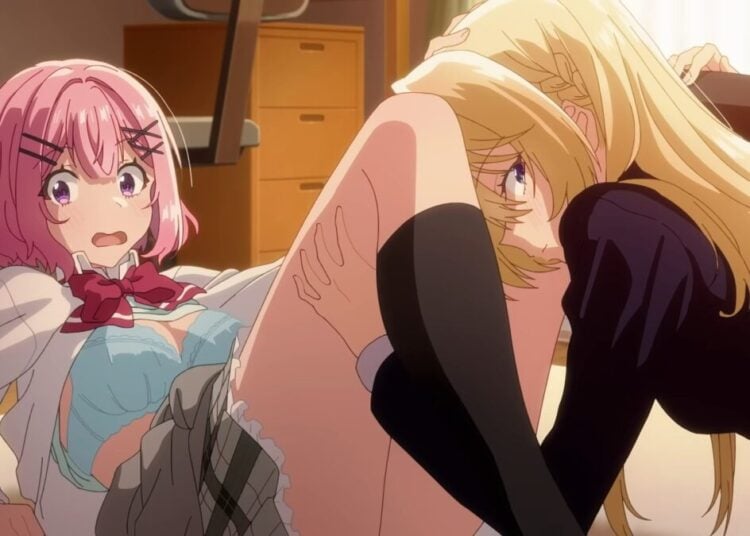
![Sawaranaide Kotesashi Kun Episode 12 [END] Featured Image](https://blog.jlist.com/wp-content/uploads/2025/12/Sawaranaide-Kotesashi-kun-Episode-12-END-Featured-Image-750x536.jpg)










